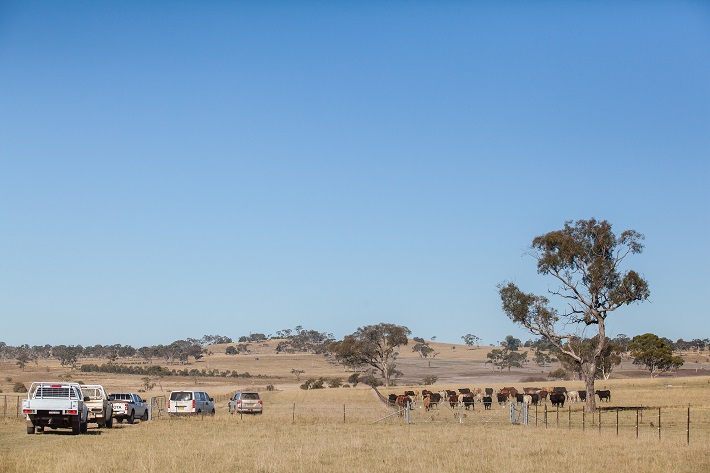The University of New England has announced a multidisciplinary collaboration to research the unrecognized burden of Q fever in rural New South Wales and Queensland, with the aim of protecting the health of high-risk groups of people living and working in these regions.
The Q Fever Research Consortium (QRC) comprises researchers from UNE, James Cook University and University of Queensland, public health practitioners, including NSW Health, Hunter New England Health and QLD Health, as well as the Australian Rickettsial Reference Laboratory (ARRL) located in Victoria.
QRC members have expert knowledge in public health, microbiology, clinical immunology, computational science, economics and primary health care practice. Together they will gather data through a range of projects that will inform robust vaccination processes and future best practice in managing Q fever.
Professor Geetha Ranmuthugala, Head of School of Rural Medicine at UNE, said a priority for the QRC is to create awareness of the mechanism of the disease and make vaccinations more accessible for high-risk groups.
“We know Q fever, caused by the bacterium Coxiella burnetii, is prevalent in rural NSW and QLD. Rural northern NSW is regarded as a Q fever hotspot accounting for the vast majority of the 1,653 cases notified in NSW between 2005 and 2015, with notifications steadily increasing since 2009,” Prof. Ranmuthugala said
“The current vaccination, Q-VAX, is very effective but tests have to be carried out before the vaccine is provided to those requiring the vaccine, which results in higher costs.
“Developing a study to survey and track the immune cells to determine how Q-VAX provides protection is important as it will allow us to develop more cost effective alternatives, which is a top priority for the consortium.”
Fellow consortium member, Professor Natkunam Ketheesan, who has a special interest in the interactions between bacterial pathogens and immune cells, will lead the UNE arm of the study in collaboration with Professor Robert Norton, director and clinical microbiologist at Townsville Hospital, QLD and Professor Stephen Graves, medical microbiologist and founder of the Australian Rickettsial Reference Laboratory (ARRL).
Prof. Norton, has a special research interest in Q fever and has seen the impact the disease has had on communities in North Queensland in the course of his clinical work. He believes it is largely due to non-occupational exposure.
“A consortium such as the one set up by the UNE will help to inform the public and encourage research into this very relevant infectious disease to our regional and rural communities,” Prof. Norton said.
ARRL is a not-for-profit diagnostic and research laboratory, which concentrates on ectoparasite-borne (especially tick) infections, which includes Q fever.
“Q fever is a major problem in regional and rural Australia. We are currently working on the development of a goat vaccine for coxiellosis and a new human vaccine for Q Fever to reduce notifications,” Prof. Graves said.
Other projects that the consortium will undertake include mapping livestock numbers and movement, current climate conditions and Q fever notifications to better understand the mechanics of the relationship, and to determine the cost of the disease to producers and the community.
Q fever is a bacterial infection that is carried by livestock, other domesticated animals as well as wild animals. It can survive in the ground for years and people are at risk if they inhale contaminated dust. Dry and windy conditions generally increase the risk of Q fever spreading. It is a notifiable condition in all Australian states and territories.


